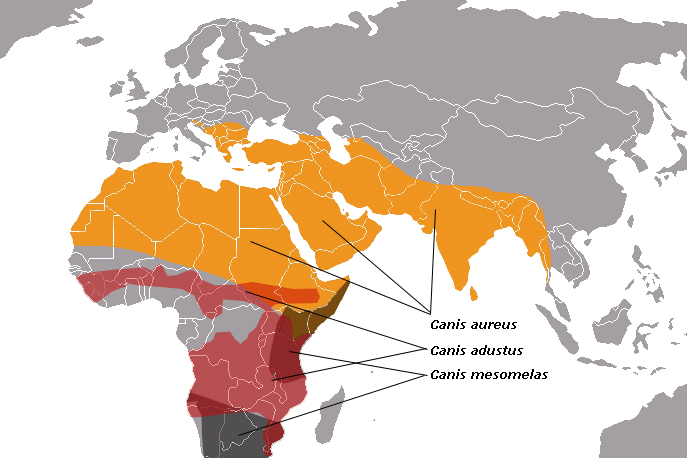Stuxnet team returns with Duqu
Stuxnet's creators have returned with a fresh piece of malware, which may be a precursor to another Stuxnet-like attack.

The team behind the most sophisticated piece of malware ever seen has returned with some fresh malicious software.
Stuxnet creators have used much of the same code for their new creation, known as Duqu, which has grabbed the attention of security researchers after an unnamed independent team detected it.
However, Duqu is not as sophisticated as Stuxnet and is not targeting the same SCADA systems used in power plants.
The attackers are looking for information such as design documents that could help them mount a future attack on an industrial control facility.
Instead, Duqu has been used to acquire information in the lead-up to another Stuxnet-esque attack in the future, researchers have suggested.
A small number of organisations have been hit, including some in the manufacturing of industrial control systems.
"The attackers are looking for information such as design documents that could help them mount a future attack on an industrial control facility," a blog post from Symantec read.
Get the ITPro daily newsletter
Sign up today and you will receive a free copy of our Future Focus 2025 report - the leading guidance on AI, cybersecurity and other IT challenges as per 700+ senior executives
"Our telemetry shows the threat was highly targeted toward a limited number of organisations for their specific assets. However, it's possible that other attacks are being conducted against other organisations in a similar manner with currently undetected variants."
Attacks using Duqu could stretch back as far as December 2010. The malware has been used to download a separate information stealer onto systems. That info-stealer was able to pilfer data in a variety of ways, including keystroke logging, before sending it off to a command and control centre in India inside an encrypted file.
The malware was programmed to run for 36 days before removing itself from systems.
Stuxnet similarities
Security researchers across the board have been fairly certain Duqu was created by the same team behind Stuxnet, even though there is no direct proof.
"They had to have access to the original source code, which only the creators of Stuxnet have. There are various decompilations available online. Those would not do," Mikko Hypponen, chief research officer at F-Secure, told IT Pro.
"It's perfectly possible they [the team behind Stuxnet] did a similar information-cathering phase in 2008 or 2009 for the original Stuxnet and we just missed it."
Aside from the code similarities, Duqu's driver files are signed with certificates apparently stolen from a Taiwanese company, as were Stuxnet's.
Certificates were stolen from RealTek and JMicron in the case of Stuxnet, whereas in Duqu only one was compromised - C-Media Electronics Incorporation.
In recent cases, certificate authorities have been compromised so hackers could issue fraudulent certificates, as was seen with the now-defunct CA DigiNotar. However, the certificate used to sign Duqu appears to have been stolen somehow, even though McAfee's analysis suggested otherwise.
"Symantec has known that some of the malware files associated with the W32.Duqu threat were signed with private keys associated with a code signing certificate issued to a Symantec customer," the security giant said today.
"Symantec revoked the customer certificate in question on 14 October 2011. Our investigation into the key's usage leads us to the conclusion that the private key used for signing Duqu was stolen, and not fraudulently generated for the purpose of this malware."

(Source: Wikipedia)
Tom Brewster is currently an associate editor at Forbes and an award-winning journalist who covers cyber security, surveillance, and privacy. Starting his career at ITPro as a staff writer and working up to a senior staff writer role, Tom has been covering the tech industry for more than ten years and is considered one of the leading journalists in his specialism.
He is a proud alum of the University of Sheffield where he secured an undergraduate degree in English Literature before undertaking a certification from General Assembly in web development.
-
 Cleo attack victim list grows as Hertz confirms customer data stolen
Cleo attack victim list grows as Hertz confirms customer data stolenNews Hertz has confirmed it suffered a data breach as a result of the Cleo zero-day vulnerability in late 2024, with the car rental giant warning that customer data was stolen.
By Ross Kelly
-
 Lateral moves in tech: Why leaders should support employee mobility
Lateral moves in tech: Why leaders should support employee mobilityIn-depth Encouraging staff to switch roles can have long-term benefits for skills in the tech sector
By Keri Allan
-
 Capita tells pension provider to 'assume' nearly 500,000 customers' data stolen
Capita tells pension provider to 'assume' nearly 500,000 customers' data stolenCapita told the pension provider to “work on the assumption” that data had been stolen
By Ross Kelly
-
 McAfee and Visa offer 50% off antivirus subscriptions for small businesses
McAfee and Visa offer 50% off antivirus subscriptions for small businessesNews UK Visa Classic Business card holders can access the deal starting today
By Zach Marzouk
-
 Gumtree site code made personal data of users and sellers publicly accessible
Gumtree site code made personal data of users and sellers publicly accessibleNews Anyone could scan the website's HTML code to reveal personal information belonging to users of the popular second-hand classified adverts website
By Connor Jones
-
 Pizza chain exposed 100,000 employees' Social Security numbers
Pizza chain exposed 100,000 employees' Social Security numbersNews Former and current staff at California Pizza Kitchen potentially burned by hackers
By Danny Bradbury
-
 83% of critical infrastructure companies have experienced breaches in the last three years
83% of critical infrastructure companies have experienced breaches in the last three yearsNews Survey finds security practices are weak if not non-existent in critical firms
By Rene Millman
-
 McAfee Total Protection review: Expensive at full price
McAfee Total Protection review: Expensive at full priceReviews Protects your PC and includes a decent firewall, but costly and less effective than some rivals
By K.G. Orphanides
-
 Identity Automation launches credential breach monitoring service
Identity Automation launches credential breach monitoring serviceNews New monitoring solution adds to the firm’s flagship RapidIdentity platform
By Praharsha Anand
-
 Neiman Marcus data breach hits 4.6 million customers
Neiman Marcus data breach hits 4.6 million customersNews The breach took place last year, but details have only now come to light
By Rene Millman